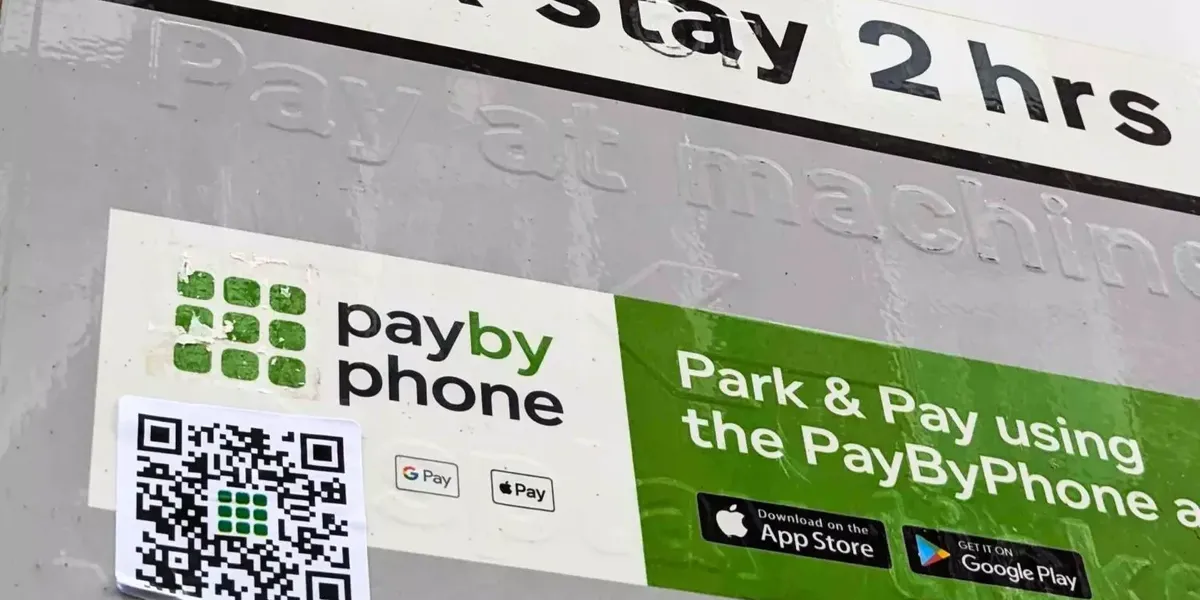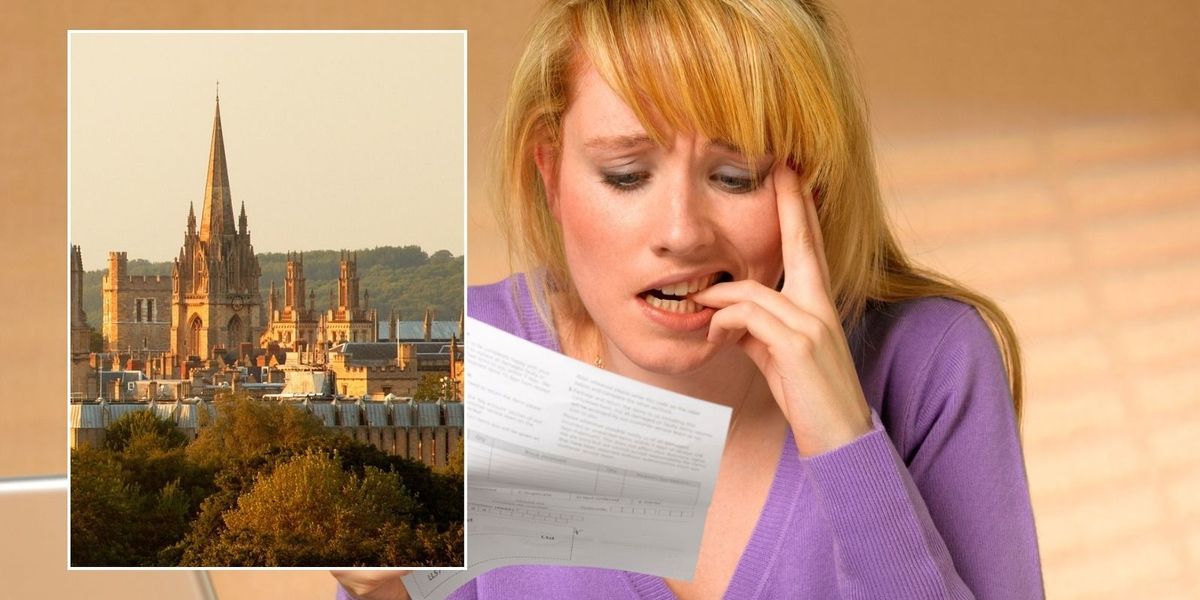Higher-rate taxpayers could be missing out on more than £97,000 in pension wealth by failing to claim additional tax relief through Self-Assessment returns, new research reveals.
With the Self-Assessment deadline of January 31 approaching, calculations by interactive investor show that many taxpayers are leaving substantial sums unclaimed by not securing their full pension tax relief entitlement.
While basic rate taxpayers automatically receive 20 per cent tax relief on pension contributions, higher-rate taxpayers can claim an additional 20 per cent through self-assessment, bringing their total relief to 40 per cent.
Those in the additional-rate tax bracket can claim an extra 25 per cent on top of the automatic relief, allowing them to receive 45 per cent tax relief in total.
According to the calculations, a higher-rate taxpayer contributing £10,000 in a single tax year would miss out on £2,500 by not claiming their full pension tax relief.
Do you have a money story you’d like to share? Get in touch by emailing [email protected].
Taxpayers are being urged to claim vital relief to bolster their pension savings
GETTY
Over a decade, this unclaimed relief would result in £34,158 in lost pension wealth, rising to £97,278 over 20 years.
It should be noted that these figures assume the additional tax relief is reinvested in a pension achieving five per cent annual growth after fees.
The calculations also factor in contributions increasing by two per cent each year, in line with the inflation target. The impact remains substantial even with smaller pension contributions, the analysis shows.
A higher-rate taxpayer making an initial £5,000 contribution, with two per cent annual increases, could boost their pension pot by £17,079 over 10 years by claiming the additional relief.
Over a 20-year period, this figure rises to £48,639, assuming the tax relief is reinvested into their pension.
These calculations are based on the same assumptions of five per cent annual growth after fees.
Myron Jobson, a senior personal finance analyst at interactive investor, warns that failing to claim the additional pension tax relief represents “a significant financial own goal – one that could have a lasting impact on your quality of life in retirement”.
The oversight could substantially affect retirement savings for many higher-rate taxpayers who are unaware of the need to claim additional relief.
Those who don’t normally complete tax returns can still access their full entitlement by writing directly to HMRC with details of their private pension contributions.
Jobson emphasises that claiming additional tax relief through Self-Assessment can significantly enhance retirement savings. “Claiming the additional tax relief available to higher-rate taxpayers through a self-assessment tax return can supercharge your pension savings over the long term,” he explains.
LATEST DEVELOPMENTS:
“By reinvesting this extra relief back into your pension, you not only bolster your retirement pot but also harness the power of compounding growth.”
“Each additional contribution benefits from tax-efficient growth over the years, potentially leading to a significantly larger pension fund by the time you retire. It’s a smart strategy to maximise the advantages of both tax relief and long-term investment returns.”
Higher-rate taxpayers contributing to a relief-at-source workplace pension scheme should note that extra tax relief isn’t automatically applied and must be claimed manually.
Claims for additional tax relief can be made not only for the current tax year but also for the previous three tax years. Those who don’t typically complete a tax return can still write to HMRC directly, providing details of their private pension contributions to claim the additional relief.











